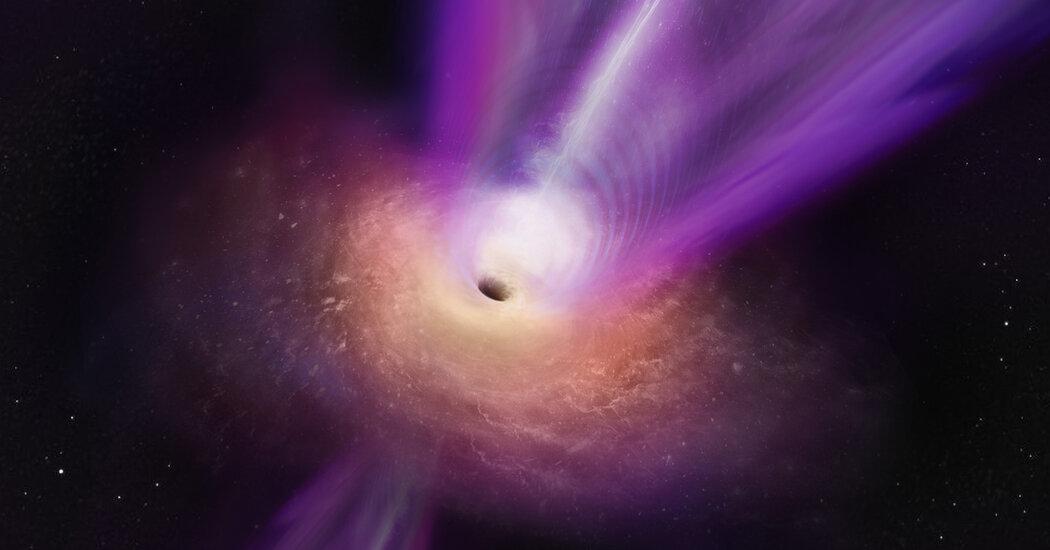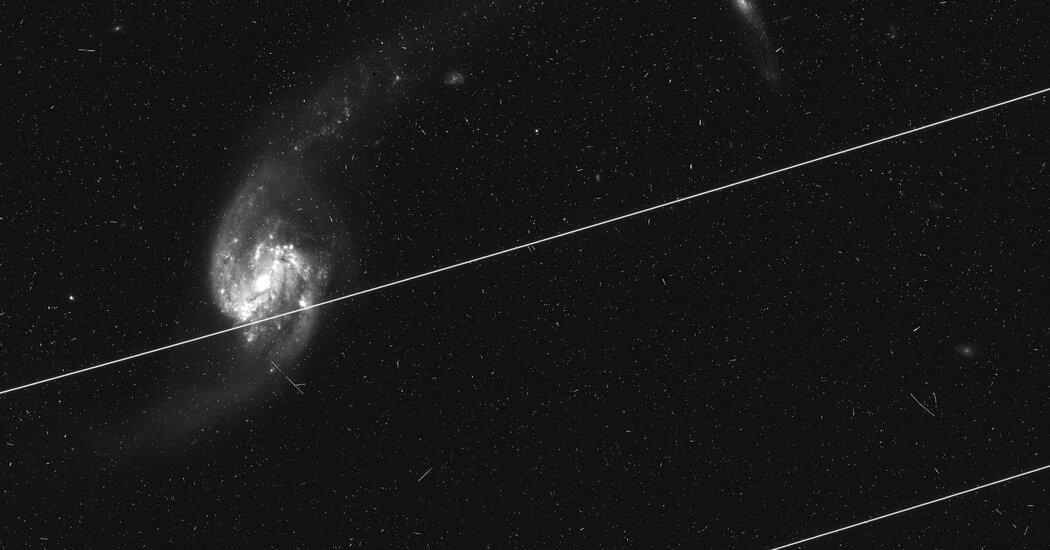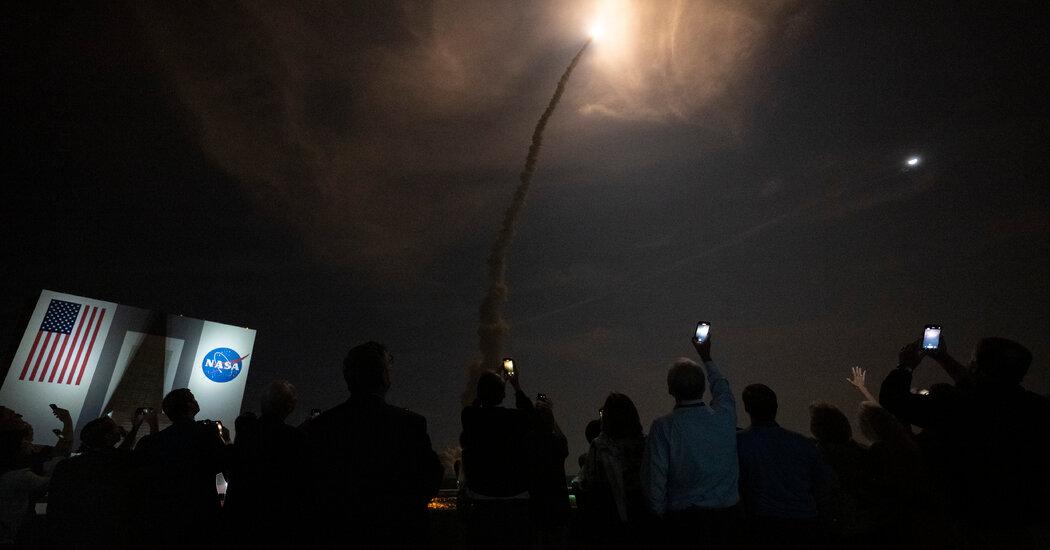A patch of pure nothing in a faraway galaxy has lately become the gravitational center of attention for radio astronomers. That would be a giant black hole, with the gravity of 6.5 billion suns, that spits high-energy particles from the center of the galaxy Messier 87, which lies some 50 million light-years from Earth. In 2019, astronomers operating a network of radio telescopes known as the Event Horizon Telescope dazzled the world by producing a radio map of the entity — the first-ever image of a black hole. It showed…
Tag: Telescopes and Observatories
Hubble Telescope Faces Threat From SpaceX and Other Companies’ Satellites
The Hubble Space Telescope, known for recording awe-inspiring images of the cosmos while advancing the field of astronomy, is under threat. Private companies are launching thousands of satellites that are photobombing the telescope — producing long bright streaks and curves of light that can be impossible to remove. And the problem is only getting worse. A study, published Thursday in the journal Nature Astronomy, reveals an increase in the percentage of images recorded by the Hubble that are spoiled by passing satellites. And the data goes only through 2021. Thousands…
2023 Space and Astronomy News: What to Expect
New Rockets NASA got its giant Space Launch System off the ground for the first time in 2022, lighting up the night in Florida with an incredible stream of flame as it carried the Artemis I mission toward the moon. That shifted attention to SpaceX, which is building a next generation rocket, Starship, that is also central to NASA’s crewed Artemis III moon landing attempt. SpaceX cleared a key environmental review that would allow it to launch an uncrewed orbital test flight from South Texas if it met certain conditions.…
A Chinese Telescope Did Not Find an Alien Signal. The Search Continues.
It was a project that launched a thousand interstellar dreams. Fifty years ago, NASA published a fat, 253-page book titled, “Project Cyclops.” It summarized the results of a NASA workshop on how to detect alien civilizations. What was needed, the assembled group of astronomers, engineers and biologists concluded, was Cyclops, a vast array of radio telescopes with as many as a thousand 100-meter-diameter antennas. At the time, the project would have cost $10 billion. It could, the astronomers said, detect alien signals from as far away as 1,000 light-years. The…



